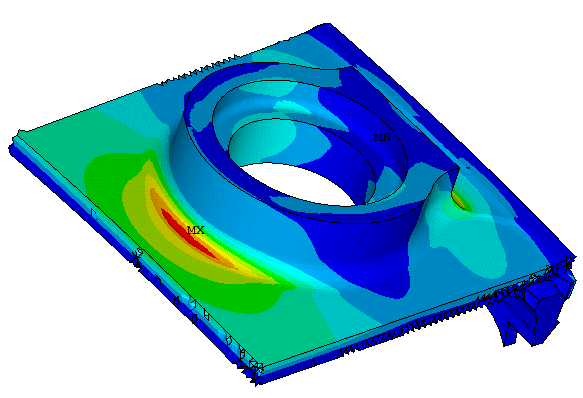


Carleton University and the National Aeronautical Establishment. Service-Induced Damage In Turbines Discs and its Influence On Damage Tolerance-Based Life Prediction. Pishva MR, Koul AK, Bellinger NC, et al.Damage Tolerance and Reliability of Turbine Engine Components. International Journal of Rotating Machinery, 2003, 9: 313-325. Weibull-Based Methodology for Rotating Structures in Aircraft Engines. Linkoping University Institute of Technology. Probabilistic Assessment of Failure Risk in Gas Turbine Discs. Federal Aviation Administration Advisory Circular 33.70-2. Damage Tolerance of Hole Features in High-Energy Turbine Engine Rotors.Engine Life Extension Through the Use of Structural Assessment, Non- Destructive Inspection, and Material Characterization. The Inadequacy of Safe-Life Prediction: Aero-Engine Fan and Compressor Disk Cracking. Wicks BJ, Antoniou RA, Slater SL, et al.life cycle management strategies for aging engines, 2003. Life Cycle Management Strategies for Aging Engines. aging of engines an operators perspective, 2000. The Aging of Engines: An Operator’s Perspective. Immarigeon JP, Koul AK, Beres W, et al.Probabilistic Analysis of Aircraft Gas Turbine Disk Life and Reliability. Journal of Engineering for Gas Turbine and Power, 2007, 129(3): 827-835 Convergent Zone-Refinement Method for Risk Assessment of Gas Turbine Disks Subject to Low-Frequency Metallurgical Defects. United States Department of Defense Engine Structural Integrity Program.Engine Life Limited Part Rule Dec 10, 2008. An Air Crash Due to Failure of Compressor Rotor. This paper provides a comparison of the methodologies and tools currently being used today by both the government and industry.

Both deterministic and probabilistic approaches to disk lifing methods are discussed as well as current tools. Military and industry standards on lifing methodologies were reviewed. Retirement for cause, developed within the United States Air Force is a lifing method that can extend the life of components by retiring a component only when there is cause to do so. Additional lifing methods can be used to reduce this conservatism and extend the life of these components. Both methods retire components with theoretical useful life remaining. The two most widely used lifing methods, safe-life and damage tolerance, are inherently conservative, retiring all components when a predetermined operating limit is reached. To reduce the risk of this failure during flight, different methodologies and tools have been developed to determine the safe operating life of these critical disk components. Failure of critical engine components such as compressor, fan, and turbine disks during flight can cause the loss of the engine, aircraft, or even life.


 0 kommentar(er)
0 kommentar(er)
